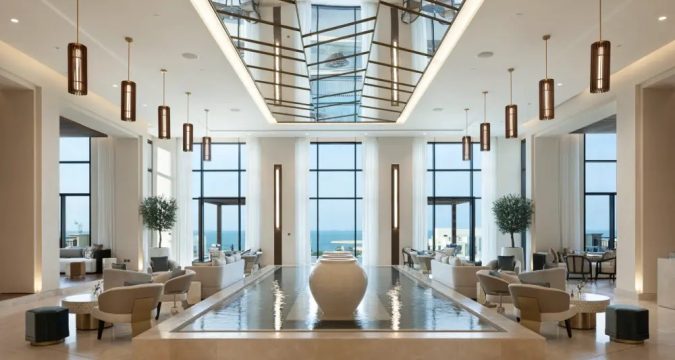
When starting interior fit-out projects, avoiding common pitfalls is vital for achieving success. Whether you’re renovating a home, office, or retail space, steering clear of these mistakes can save time, money, and headaches. Interior fit out contractors in Dubai recognize the significance of circumventing these errors to deliver exceptional results that meet client expectations.
Inadequate planning and preparation:
One of the most common mistakes in interior fit-out projects is insufficient planning and preparation. Rushing into the project without a clear understanding of objectives, requirements, and constraints can lead to scope creep, budget overruns, and timeline delays. Take the time to develop an inclusive project plan, define objectives, establish timelines, and allocate resources effectively to set the project up for success from the outset.
Ignoring user needs:
Neglecting to consider the needs, preferences, and feedback of end-users can result in interior spaces that fail to meet their functional requirements or expectations. Engage stakeholders, gather user input, and conduct needs assessments to inform design decisions and space planning. Consider user comfort, convenience, and satisfaction to create interior environments that resonate with occupants and nurture productivity and well-being.
Poor communication and collaboration:
Effective communication and collaboration are essential for the success of interior fit-out projects, involving multiple stakeholders, including clients, designers, contractors, and suppliers. Failure to establish clear lines of communication, share information, and address concerns quickly can lead to misunderstandings, conflicts, and delays. Nurture open and transparent communication channels and encourage collaboration among all project participants to ensure alignment and cohesion throughout the project lifecycle.
Underestimating budgetary requirements:
Underestimating budgetary requirements is a common mistake that can lead to financial strain and compromises in project quality or scope. Carefully assess project costs, including design fees, construction expenses, materials, furnishings, permits, and contingencies, and allocate funds accordingly. Consider all expenses and leave room for unforeseen costs or changes to prevent budget overruns and ensure financial viability.
Overlooking regulatory compliance:
Failure to comply with regulatory requirements, building codes, and permit processes can result in legal liabilities, fines, or project delays. Ensure that all aspects of the interior fit-out project adhere to relevant laws, regulations, and safety standards governing construction, accessibility, fire safety, and environmental sustainability. Obtain necessary permits and approvals from local authorities before commencing work to avoid compliance issues and mitigate risks.